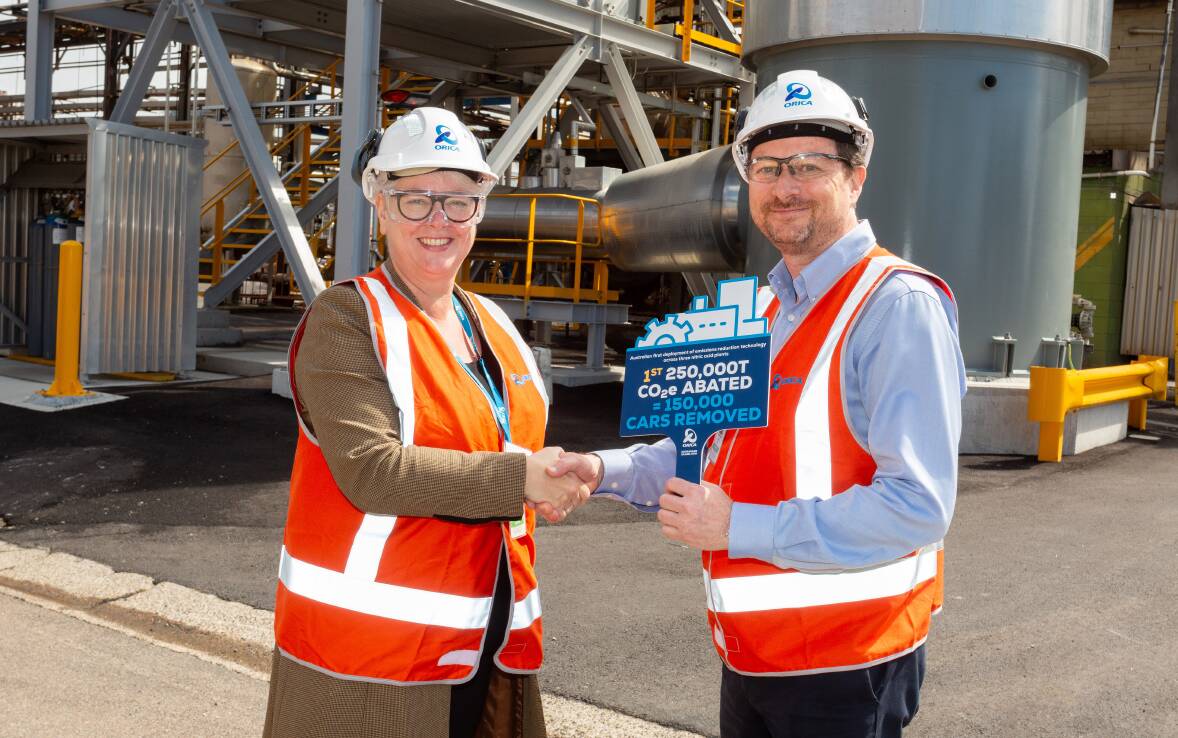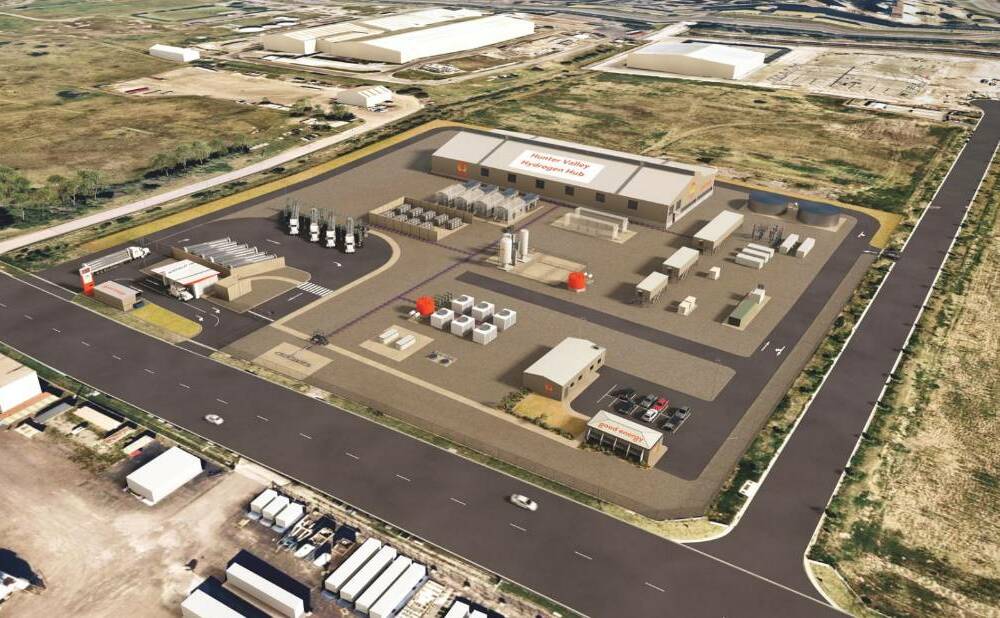The challenge of supplying enough recycled water to meet the needs of the Hunter's emerging hydrogen industry were not insignificant, NSW energy minister Penny Sharpe has acknowledged.
On paper, nine litres of water are needed to produce a kilogram of hydrogen.
However, industry experts believe up to 50 litres of recycled water could be needed to produce a kilogram of green hydrogen due to the level of processing required to produce water that is suitable for electrolysis.
The Kooragang Industrial Water Scheme will supply water to the Hunter Hydrogen Hub, which will produce up to 5500 tonnes of green hydrogen per year.







The project's environmental impact statement anticipates the maximum rate of water supplied for any one day will reach 1.1 - 1.65 megalitres at full production.
"Final water demand volumes would depend on the ultimate electrolysis technology selected and would be within the supply capacity available from KIWS," the EIS says.
The Kooragang Industrial Water Scheme's capacity will need to be increased to meet the need of future hydrogen projects, including the Port of Newcastle's clean energy hub.
Ms Sharpe acknowledged the capacity constraint of the scheme, which sources water from the Shortland Wastewater Treatment Plant, during a visit to Kooragang Island on Thursday.
"It's exciting that wastewater will be used here to produce hydrogen, but obviously there are capacity constraints into the future as we grow," she said.

"But as the technology gets better and as the work is delivered and we're looking at expansion, all of those (water supply) issues will be dealt with.
"They're not insignificant, but I think that they're achievable as we work through and deliver the hub."
The Burwood Waste Treatment plant, which discharges about 48 million litres of highly treated effluent into the ocean every day, is among the most likely sources of recycled water for the region's future green hydrogen projects.
But the cost of building a dedicated pipeline from the treatment plant to Kooragang Island could reach a $1 billion.
Another alternative could be a desalination plant on Walsh Point in Newcastle Harbour.
The project was among a number of options that Hunter Water has previously canvased to improve the region's water security.
A 2020 desktop geotechnical report for the project, which could produce 160 megalitres of water a day, estimated it could cost up to $500 million and take about three years to build.
The supply of recycled water for green hydrogen production does not feature in the 2022 Lower Hunter Water Security Plan, Hunter Water's blueprint for the region's water security for the next four decades.







